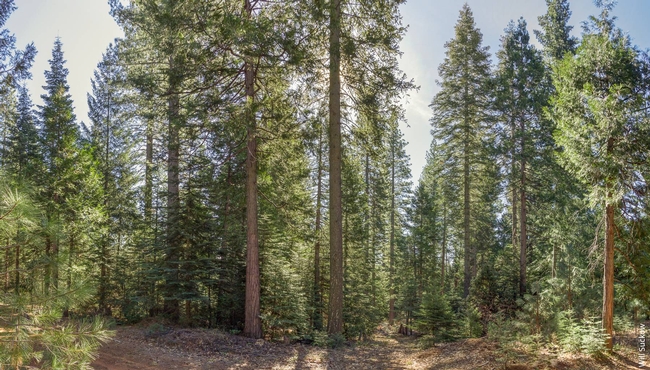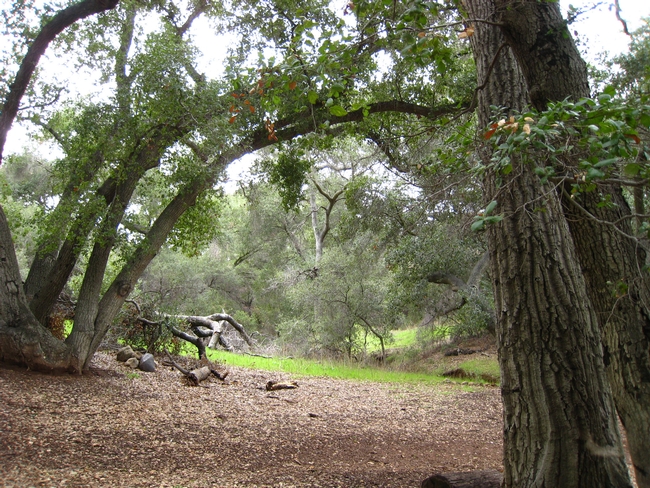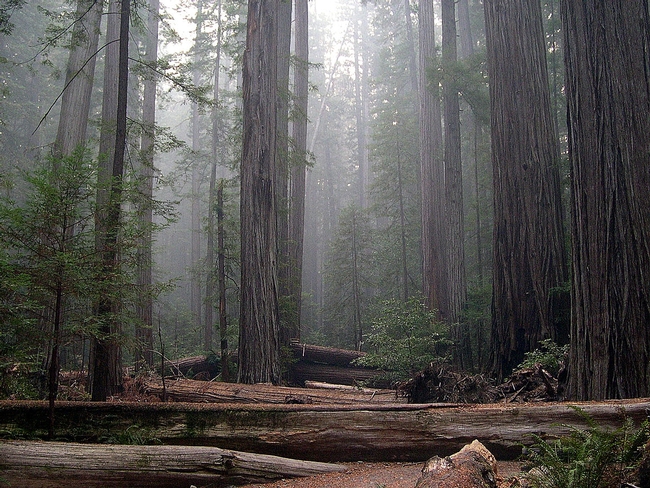To help California forest property owners adapt to the changing climate, UC Agriculture and Natural Resources (UC ANR) has produced a 13-page peer-reviewed paper that outlines actions owners can take to sustain their forests' value even when temperatures rise.
“Managers of forest land have always had to adapt to changing conditions – such as markets, urban encroachment, droughts and floods,” said Susie Kocher, UC Cooperative Extension forestry and natural resources advisor. “We wrote this paper to help forest managers better understand the evolving science of climate change and how they can help their forests adapt to the climate of the future.”
Forests are shaped by the climates in which they grow. The current rapid pace of climate change has not happened for thousands of years, according to climate scientists. Nevertheless, the authors assure forest landowners that there are land management decisions they can make to ensure the resiliency of their resources, and perhaps even improve them.
“Some trees may grow faster under the warmer conditions we experience with climate change,” Kocher said, “especially those at highest elevation where there is adequate precipitation.”
The paper details the solid scientific evidence that indicates the rise in global average temperatures over the past 100 years. The temperatures, it says, “will likely continue to rise in the future, with impacts on natural and human systems.”
The document provides specific recommendations for care of three common types of forest in California: mixed conifer, oak woodland and coastal redwood forests.
Mixed conifer forests – typically composed of white fir, sugar pine, ponderosa pine, incense cedar and California black oak – are susceptible to moisture stress caused by warmer temperatures and reduced snow and rain. The drier conditions make the trees more vulnerable to fire and insect attack.
The drought of 2010-2016 has already had a substantial impact on mixed conifer forests in the Sierra Nevada. Aerial detection surveys show that more than 102 million trees have died since 2010; more than 62 million died in 2016 alone.
The UC ANR climate change adaptation paper suggests reducing competition for water by thinning trees and managing for species and structural diversity. The authors suggest property owners consider the source of seedlings when planting new trees.
“Select seedlings adapted to a slightly lower elevation or latitude than your property,” Kocher said. “These would be more likely to thrive under the 3- to 5-degree warmer temperatures we expect in 50 years or so.”
Oak woodlands are widely distributed and diverse in California, which gives them moderate to high capacity to adapt to climate change. Mature oaks are more resilient than young trees and seedlings.
One potential impact of climate change on oak woodlands is increasing precipitation variability and increasing spring rains. The moisture change could increase the spread and prevalence of Sudden Oak Death (SOD), a disease caused by a bacterium that was introduced into California from outside the U.S. SOD is primarily a concern in areas with tanoaks in Central to Northern California coastal areas.
“To reduce the spread of sudden oak death, land owners should prevent the movement of infected leaves, wood and soil,” according to the paper.
The primary concern for coastal redwood forests is the decline in fog. Fog frequency in coastal redwoods is 33 percent lower now compared to the early 20th Century. Less fog and rain plus warmer temperatures would leave coastal areas where redwoods typically thrive drier. But that doesn't mean redwoods will disappear. Areas with deep soil and areas close to streams and rivers may provide refuge for redwood forests.
The new publication, Adapting Forests to Climate Change, can be downloaded free from the UC ANR Catalog. It is the 25th in the Forest Stewardship series, developed to help forest landowners in California learn how to manage their land. It was written by Adrienne Marshall, a doctoral student at the University of Idaho; Susie Kocher, UC Cooperative Extension forestry and natural resources advisor; Amber Kerr, postdoctoral scholar with the UC John Muir Institute of the Environment; and Peter Stine, U.S. Forest Service.


